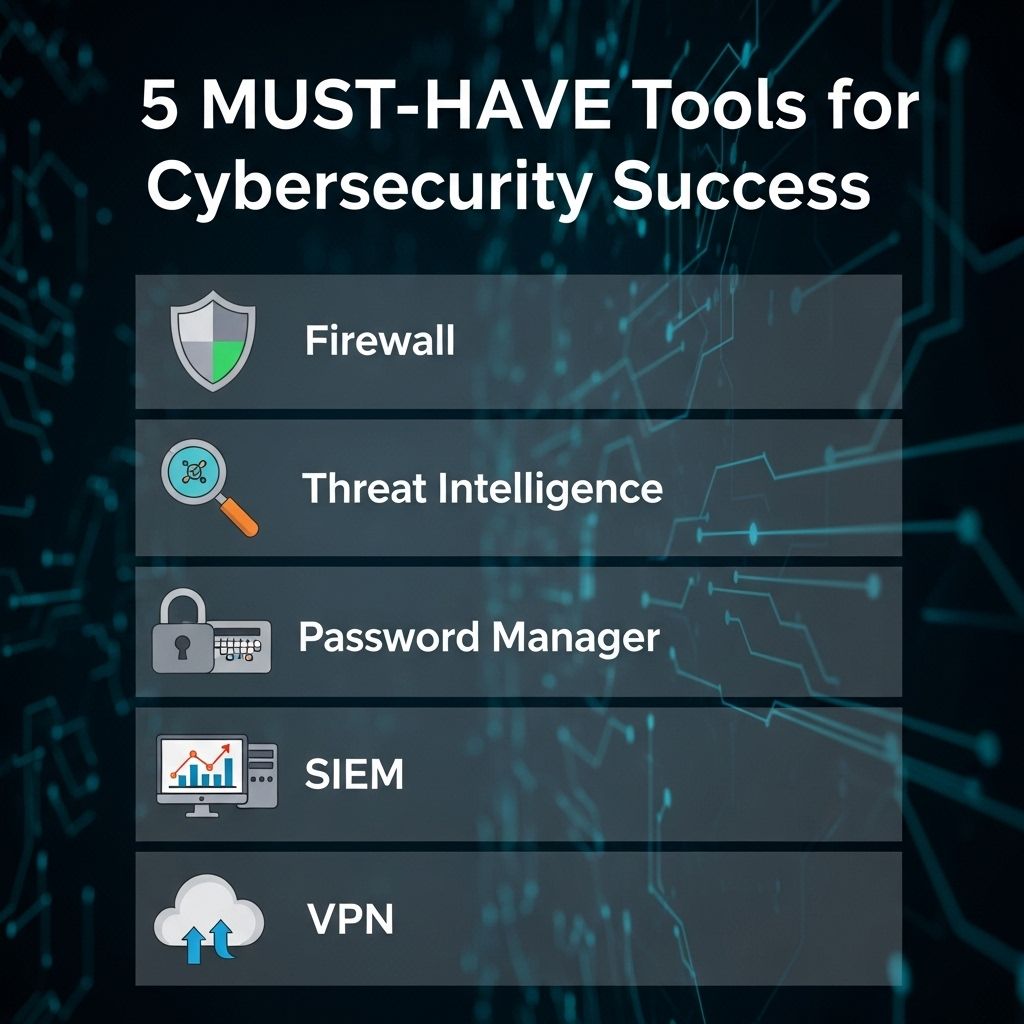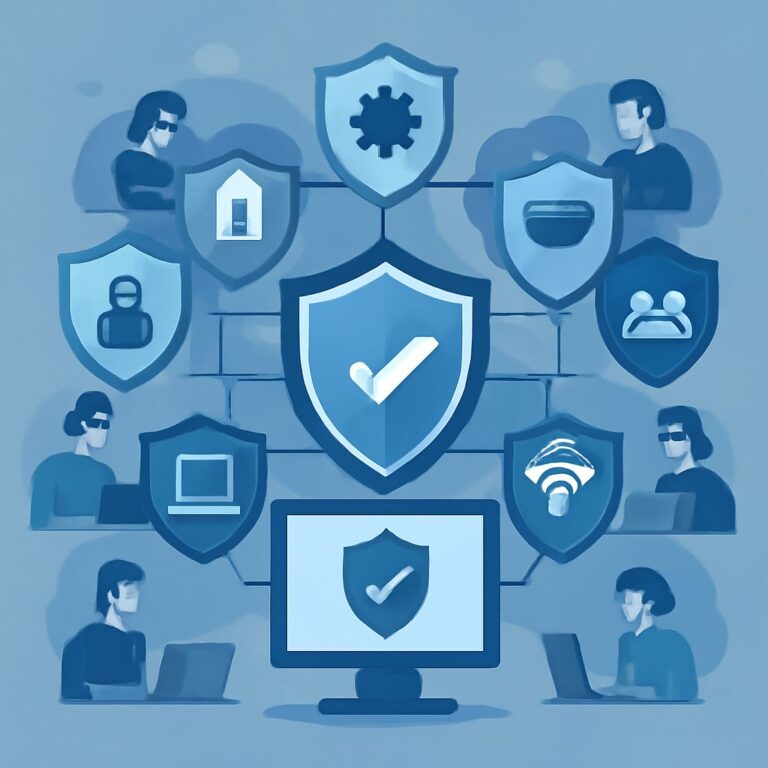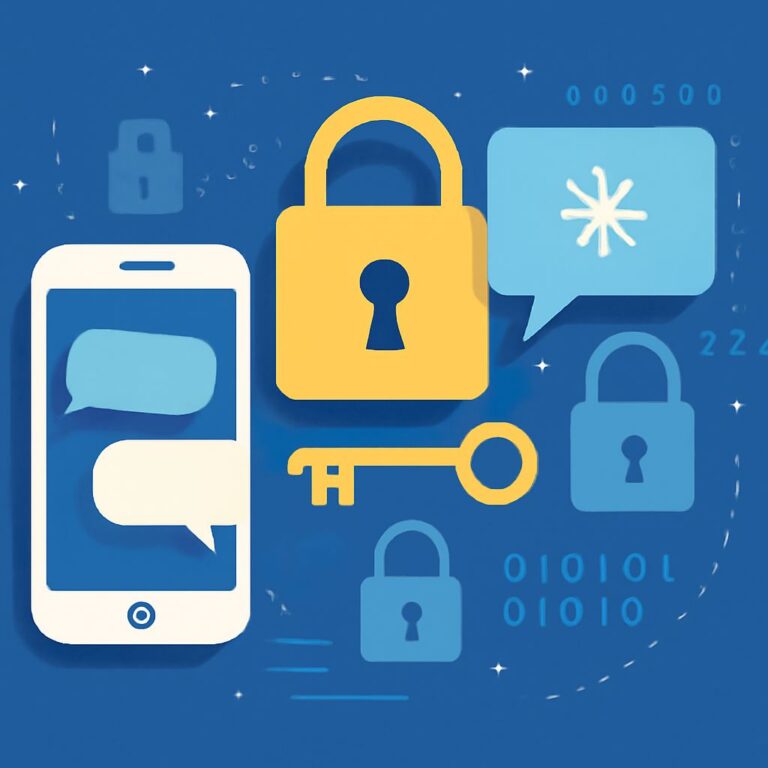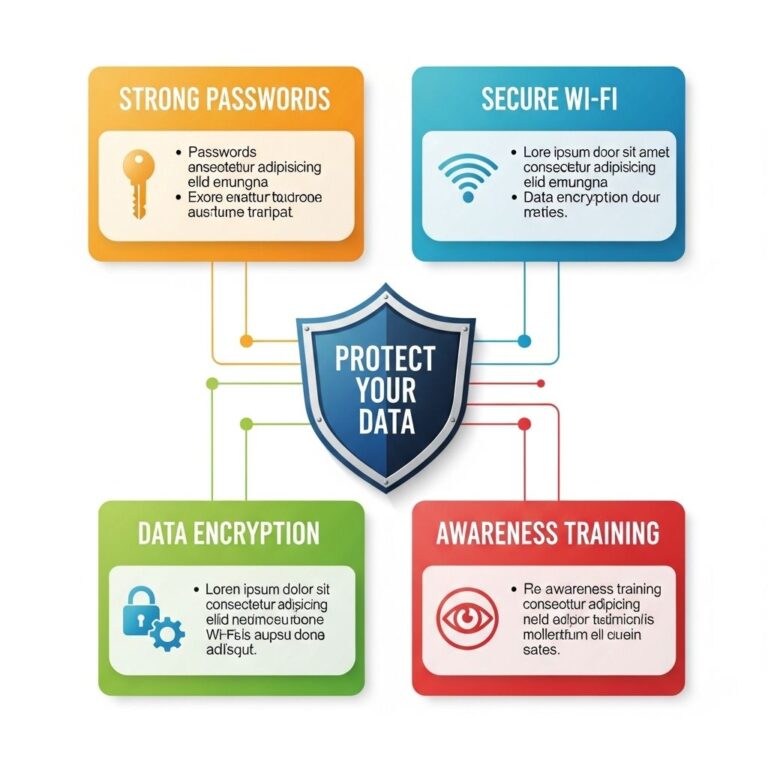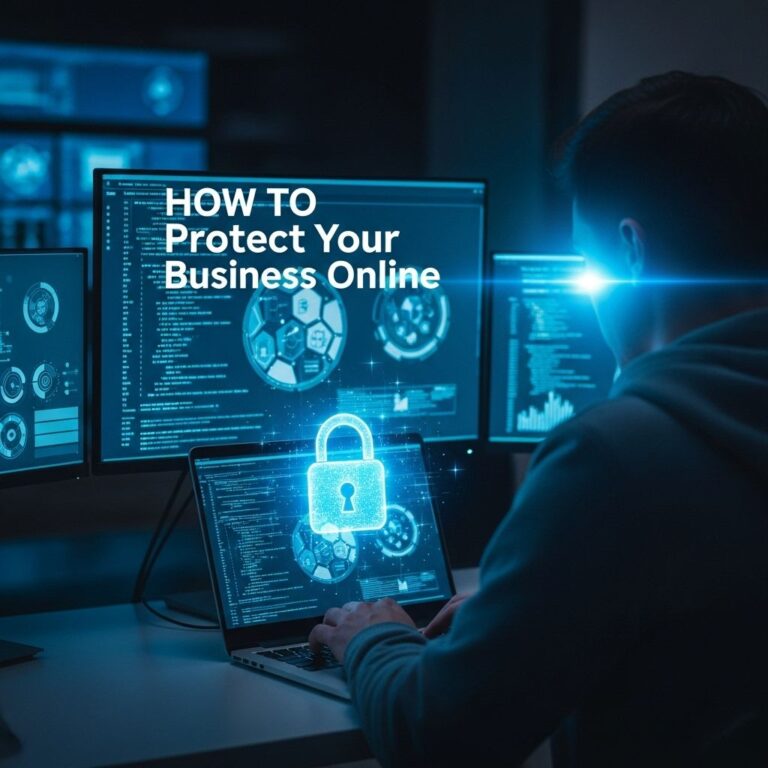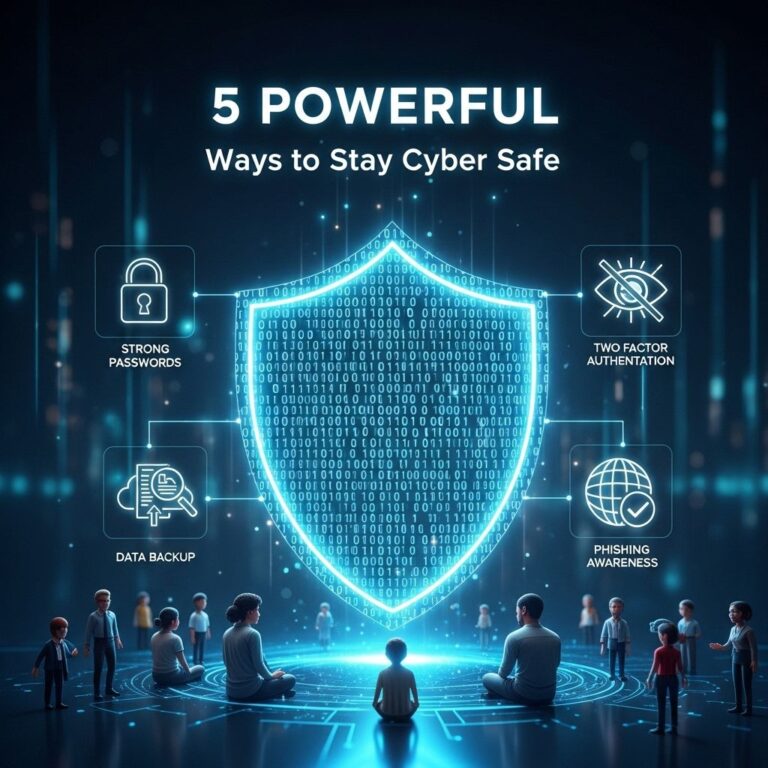In today’s digital landscape, cybersecurity is more critical than ever. With an increasing number of cyber threats and vulnerabilities, organizations need to equip themselves with the right tools to protect their data and systems. This article explores five essential tools that every cybersecurity professional should consider integrating into their strategy for success.
Table of Contents
1. Security Information and Event Management (SIEM)
SIEM systems are crucial for organizations looking to improve their security posture. They provide real-time analysis of security alerts generated by various hardware and software components.
Key Features:
- Centralized log management
- Real-time event correlation
- Threat intelligence integration
- Compliance reporting
By utilizing a SIEM tool, security teams can:
- Detect threats in real-time based on anomalies.
- Respond quickly to incidents with detailed forensic data.
- Comply with regulations through automated reporting.
2. Intrusion Detection and Prevention Systems (IDPS)
IDPS tools are designed to monitor network traffic for suspicious activities and can automatically take action to block potential threats.
Types of IDPS:
| Type | Description |
|---|---|
| Network-based | Monitors network traffic for malicious activity. |
| Host-based | Monitors a single host for signs of an attack. |
Implementing IDPS helps organizations achieve:
- Enhanced detection of vulnerabilities and attacks.
- Automated blocking of known threats.
- Detailed analysis of security incidents.
3. Endpoint Protection Platforms (EPP)
Endpoints are often the most vulnerable points in a network. EPP tools provide security measures to protect client devices such as computers, mobile devices, and servers from threats.
Core Benefits:
- Malware protection and detection.
- Data loss prevention features.
- Application and web filtering.
- Comprehensive reporting and analytics for endpoint activity.
With EPP in place, organizations can:
- Reduce the risk of data breaches.
- Ensure secure access to corporate resources.
- Facilitate compliance with data protection regulations.
4. Vulnerability Assessment Tools
Understanding weaknesses in your systems is essential for proactive cybersecurity. Vulnerability assessment tools scan networks and applications for known vulnerabilities and security misconfigurations.
Popular Tools:
- Nessus
- Qualys
- OpenVAS
These tools allow organizations to:
- Identify and prioritize vulnerabilities.
- Automate patch management processes.
- Generate compliance reports.
5. Multi-Factor Authentication (MFA)
MFA adds an extra layer of security by requiring users to provide two or more verification factors to gain access to a system. This significantly lowers the risk of unauthorized access.
Implementation Strategies:
- Use time-based one-time passwords (TOTPs).
- Implement biometric verification methods.
- Utilize hardware security keys.
Adopting MFA helps organizations:
- Protect sensitive information from unauthorized access.
- Enhance user credential security.
- Comply with industry security standards.
Conclusion
Incorporating these five essential tools into your cybersecurity toolkit can significantly enhance your organization’s security posture. While no solution can offer complete protection, leveraging SIEM, IDPS, EPP, vulnerability assessment tools, and MFA lays a robust foundation for mitigating risks and safeguarding critical data. In a rapidly evolving threat landscape, staying informed and equipped with the right technology is key to achieving cybersecurity success.
FAQ
What are the essential tools for cybersecurity?
The essential tools for cybersecurity include firewalls, antivirus software, intrusion detection systems, encryption tools, and security information and event management (SIEM) systems.
How do firewalls contribute to cybersecurity?
Firewalls act as a barrier between trusted and untrusted networks, monitoring and controlling incoming and outgoing traffic based on predetermined security rules.
Why is antivirus software important for cybersecurity?
Antivirus software is crucial for detecting, preventing, and removing malware, helping to protect systems from various types of cyber threats.
What is an intrusion detection system (IDS)?
An intrusion detection system (IDS) monitors network traffic for suspicious activities and alerts administrators to potential security breaches.
How does encryption enhance cybersecurity?
Encryption enhances cybersecurity by converting data into a coded format that is unreadable without the appropriate decryption key, protecting sensitive information from unauthorized access.
What role does SIEM play in cybersecurity management?
Security Information and Event Management (SIEM) tools provide real-time analysis of security alerts generated by hardware and applications, helping organizations detect and respond to incidents more effectively.

